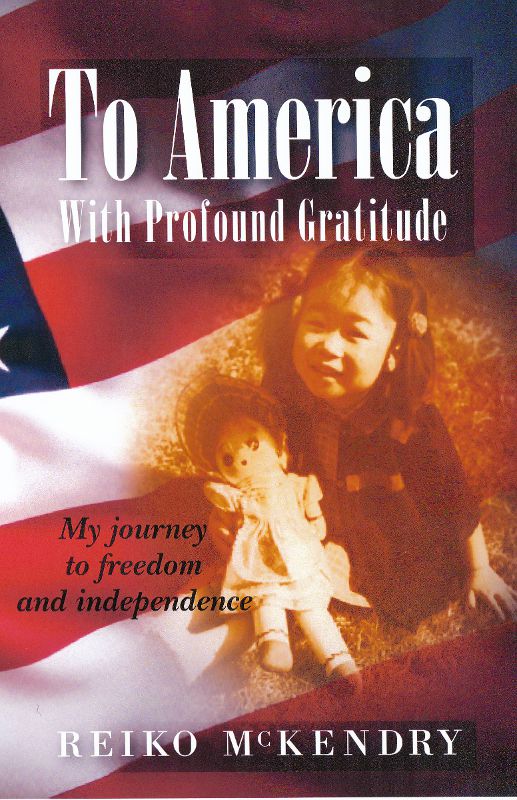Every month, whenever possible, David and I attend as many as seven recurring networking events, organized by various local Real Estate Investment Associations (REIAs). Especially after my retirement savings tanked between 1999 and 2000, I have become averse to sending my hard-earned money to be managed by those whom I have never met on Wall Street – so much so that I have been on a mission to learn to grab my investment bull by the horns since. The key lesson learned from losing so much out of my retirement account was this: I am the only person that I truly trust when it comes to the handling of my money. This means the following:
- Never, EVER, invest in instruments that I do not fully understand.
- Never, EVER, rely on so-called, “financial advisers” and/or entities – such as the Federal Reserve Board/banks, rating agencies, regulatory agencies, and the media – to help safeguard my money.
At one of those networking events, a friend told us, “You’ve got to see ‘The Big Short.’ You’ll love it.” This movie, based on a book by the same title by Michael Lewis, was released on December 11, 2015. Finally, on February 21, 2016, David and I had a chance to watch it in a local movie theater – thanks to a power outage which forced us to spend time away from our home office. My friend was right; I loved it more than any other movie that I had ever seen. I liked it so much that I had to read the book, just to see how closely the movie followed the original book. When I finished reading it, I had to watch it again in a DVD, which we borrowed from our local library. When we first signed up, not surprisingly, we ranked 57th on the wait list for this prized commodity. We may actually buy one to keep – so that we can watch it any time we feel like. While David has a collection of theme-based movies (such as classics, food, travel, Japan, WWII, etc.), this is the first time that I ever felt I had to own a DVD. Yes, I like it THAT much! Here is why.
- First, the movie is about the second of the two financial/economic fiascos emanating from Wall Street in recent history – in 2008. Of course, the first fiasco in 2000 was what got me started on paying much closer attention to our own investments. Because of the change in macro-economic dynamics, which are beyond almost anyone’s control, my retirement life looks nothing like how I had envisioned it to be when working in corporate America, diligently saving the majority of my net income each month. Here is a movie that explained, in plain language, what happened, who were responsible for it, how this was even allowed to happen, and why. It also exposed the total injustice of it all. This movie rightfully earned its Oscar Win in 2016 for “Best Writing, Adapted Screenplay.”
- Second, the main characters in the movie (based on true events) were reacting to what was happening in the market and simply took advantage of it. They were NOT the cause of the massive problem that destroyed the financial future of millions of people, not only in the U.S. but the rest of the world as well.
The movie version starts out with the following quote by Mark Twain: “It ain’t what you don’t know that gets you in trouble. It’s what you know for sure that just ain’t so.” Oh, how true! And, among other postscripts, the movie ends with the following:
- “When the dust settled from the collapse, 5 trillion dollars in pension money, real-estate value, 401(k), savings, and bonds had disappeared. 8 million people lost their jobs, 6 million lost their homes. And that was just in the U.S.A.”
- In the name of “too big to fail,” no Wall Street banker, except for one, went to jail for the financial catastrophe. (Iceland, in contrast, let its banks fail and sent its bankers to jail.)
- “Michael Burry contacted the government several times to see if anyone wanted to interview him to find out how he knew the system would collapse years before anyone else. No one ever returned his calls. But he was audited four times and questioned by the FBI. The small investing he still does is all focused on one commodity: water.”
Another reason I wanted to read the book, after watching the movie, was to understand each of the characters better. As it turns out, there are only a few people whose real names are used in the movie. So, for this blog post, I decided to clarify who’s who. As you will see in the table, below, some people, although very important in the original book, did not make it into the movie version of the story.
Name in the book |
Name in the movie |
Affiliations / Comments / References |
| Lewis Ranieri | Same |
|
| Michael Burry | Same |
|
| Joel Greenblatt | N/A |
|
| Steve Eisman | Mark Baum |
|
| Meredith Whitney | N/A |
|
| Vinny Daniel | Same |
|
| Porter Collins | Same |
|
| Danny Moses | Same |
|
| Greg Lippmann | Jared Vennett |
|
| Charlie Ledley | Charlie Geller: Brownfield Fund |
|
| Jamie Mai | Jamie Shipley: Brownfield Fund |
|
| Ben Hockett: Formerly with Deutsche Bank, Tokyo | Ben Rickert: Formerly with Chase |
|
| Bill Miller | Bruce Miller |
|
“Where Are They Now: The Big Short Edition” gives a fuller range of characters found in the original book.
Have faith in yourself. Happy Investing!

